Writers Chat Recap for September Part 2
Writers Chat, hosted by Jean Wise, Johnnie Alexander, Brandy Brow, and Melissa Stroh, is the show where we talk…
September 30, 2022Writers Chat, hosted by Jean Wise, Johnnie Alexander, Brandy Brow, and Melissa Stroh, is the show where we talk…
September 30, 2022
“Many books for children feature children. Your writing will be more natural if you are aware of the rhythms…
January 21, 2021
The first thing a beginning writers often hear is “write what you know.” Good advice! But once you have…
August 14, 2020
If you’re a historical fiction writer who is under quarantine or lockdown, whether voluntary or government mandated, now would…
May 31, 2020
If you’ve queried in the past five years, you’re familiar with the plea for diverse books. Publishers and readers…
May 27, 2020
I’ve always loved books about far flung places. It’s a wonderful way to expand horizons. I decided to talk…
March 27, 2020
“I write fiction. Is research really necessary?” “… a novelist has nearly the same obligation for accuracy as a…
January 17, 2020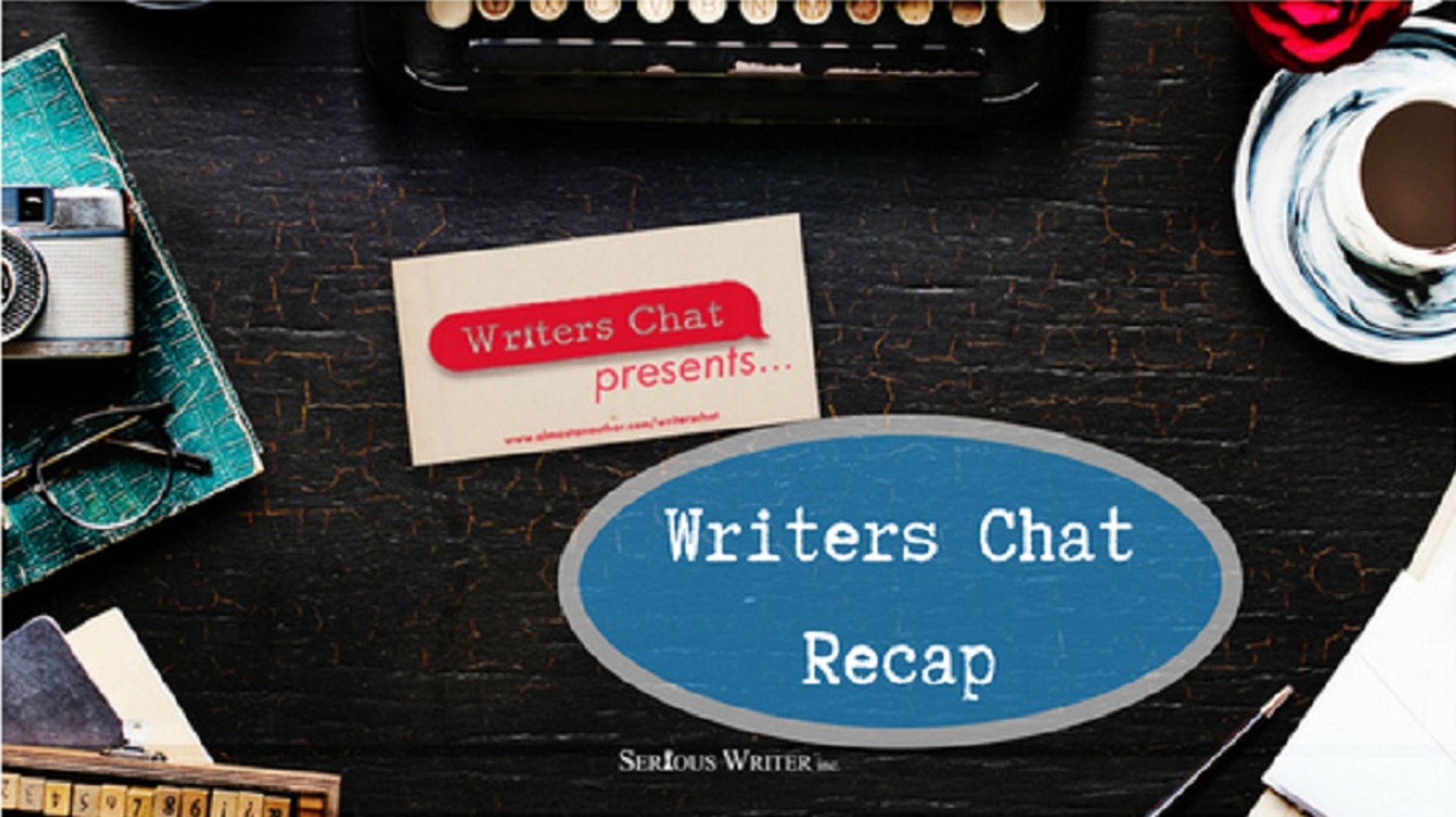
Writers Chat, hosted by Jean Wise, Johnnie Alexander, and Bethany Jett, is the show where we talk about all…
August 15, 2019
You don’t need a PhD in history to write historical fiction. Grad school, after all, trains students to ask…
July 18, 2019
Those of us who write Historical Fiction are drawn to re-imagining the past and reconstructing times gone by. History…
June 20, 2019
When writing historical fiction it is important to be sure your historical facts are accurate, not only so that…
April 20, 2019
So, you’re a writer. And you’d like to write fantasy and science fiction. You have a great idea for…
January 7, 2019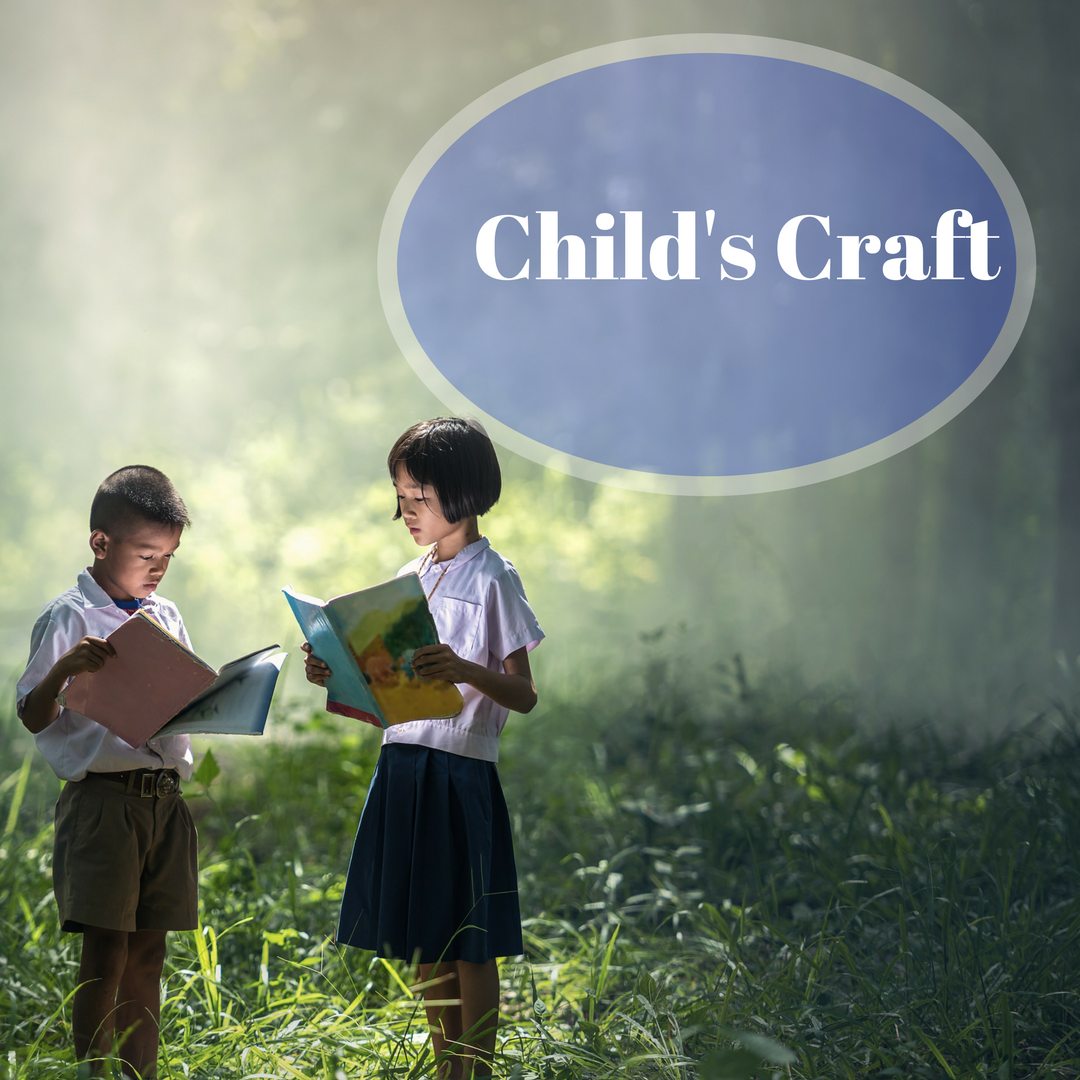
Last month we looked at an overview of writing nonfiction for kids. This month we focus in on writing…
September 21, 2018
I enjoy digging into the past, following bunny trails of history, and learning about cultures long interred and nearly…
September 20, 2018
Writing is a funny art because agents and editors (freelance and publishing house) tell us to write, write, write…
August 22, 2018
In the publishing world nonfiction is a hot item at this time. For both children’s magazines and books (especially…
August 21, 2018
This month’s guests are both best-selling, award-winning authors who are renowned for their diligent research and compelling stories. Jill…
July 26, 2018
School is out, and summer reading programs are gearing up in public libraries everywhere. Summer months are the perfect…
June 15, 2018
Recently, I was asked by a fellow writer to work with him on a project. Admittedly, I was pretty…
May 29, 2018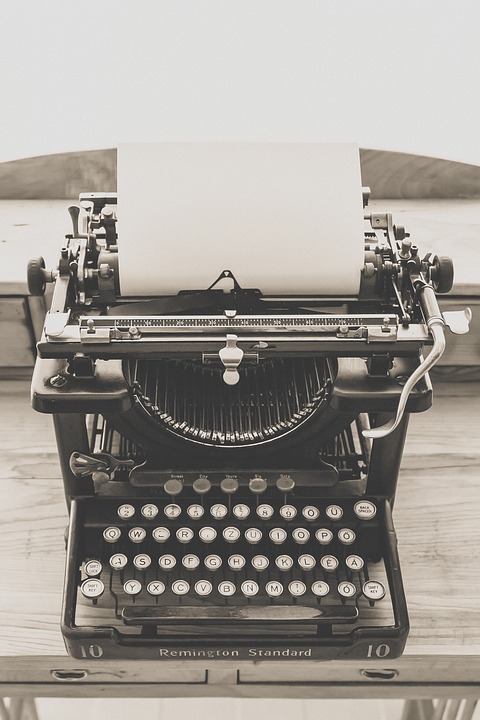
By Sandra Merville Hart It happened again. Somewhere in the middle of writing the novel, the story got stuck…
January 21, 2017
Once you’ve chosen the setting of your book—which we discussed in Part 1 of this series—it’s important to spend…
July 21, 2016
Setting is far more than the backdrop of a novel. It’s the environment that breathes life into a story. It…
June 19, 2016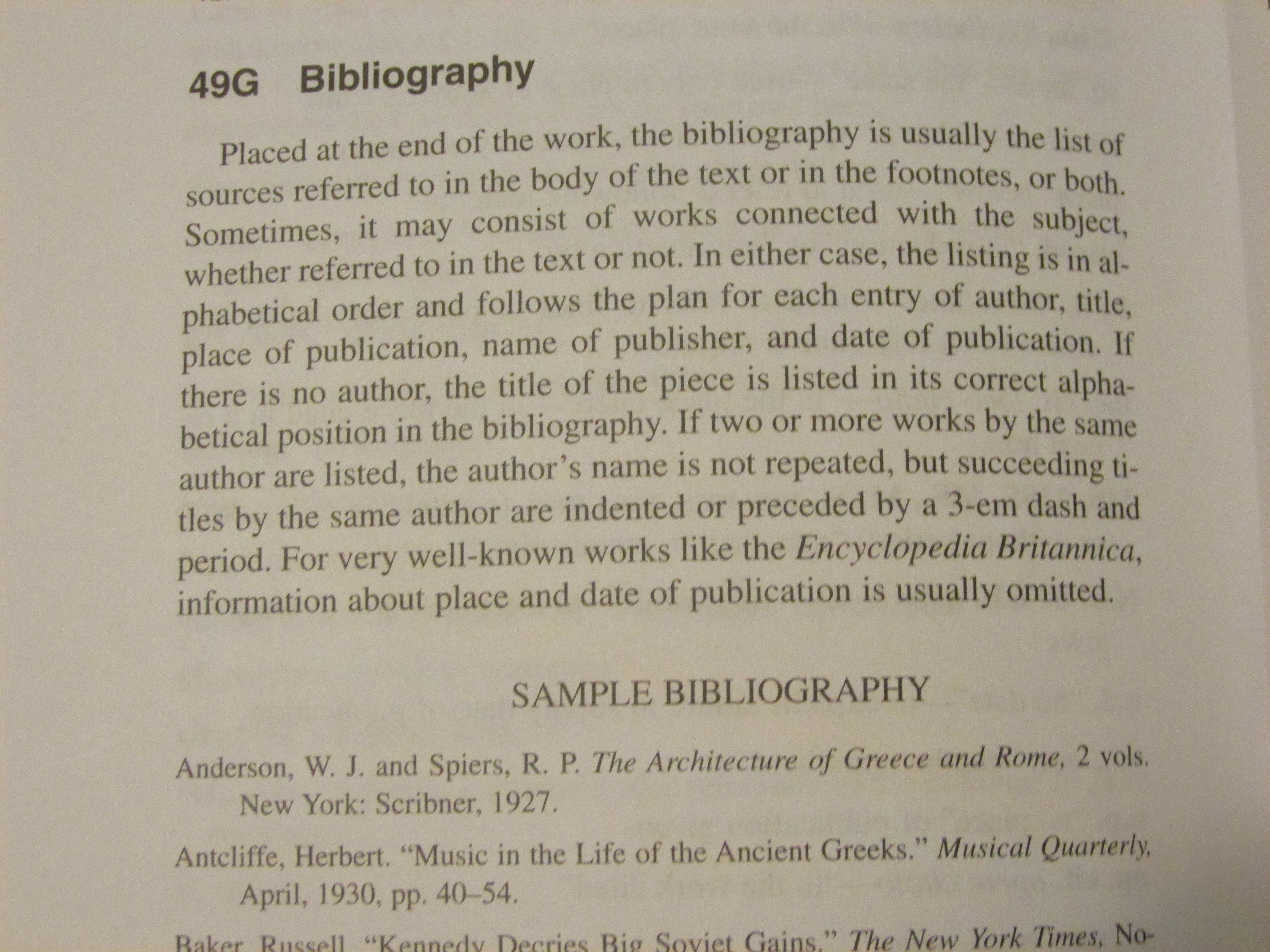
By Sandra Merville Hart Let’s face it. Historical authors spend many hours researching – perhaps as much time as…
April 19, 2016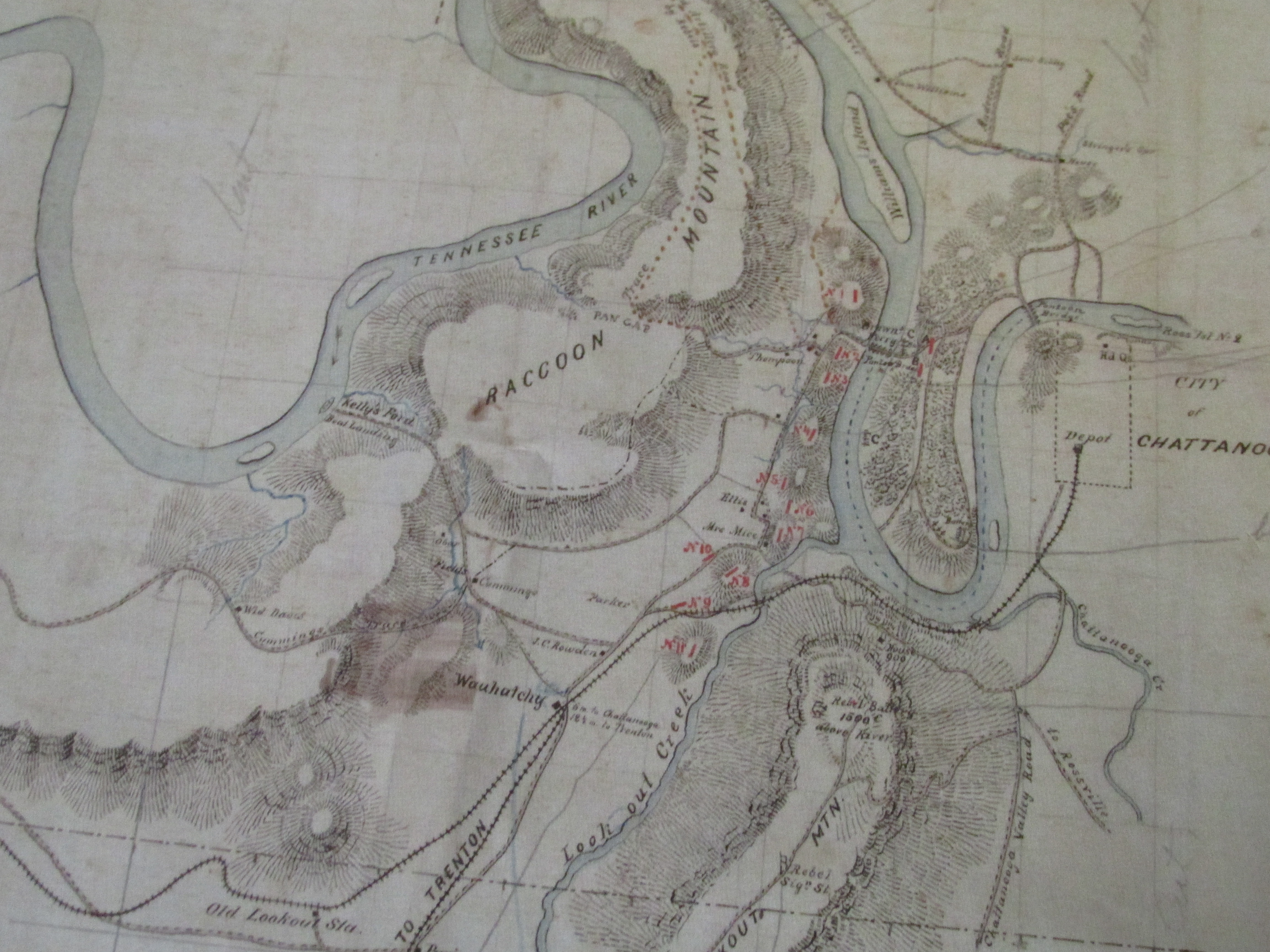
By Sandra Merville Hart Maps are hidden treasure for historical writers. If you haven’t used this key source of…
March 16, 2016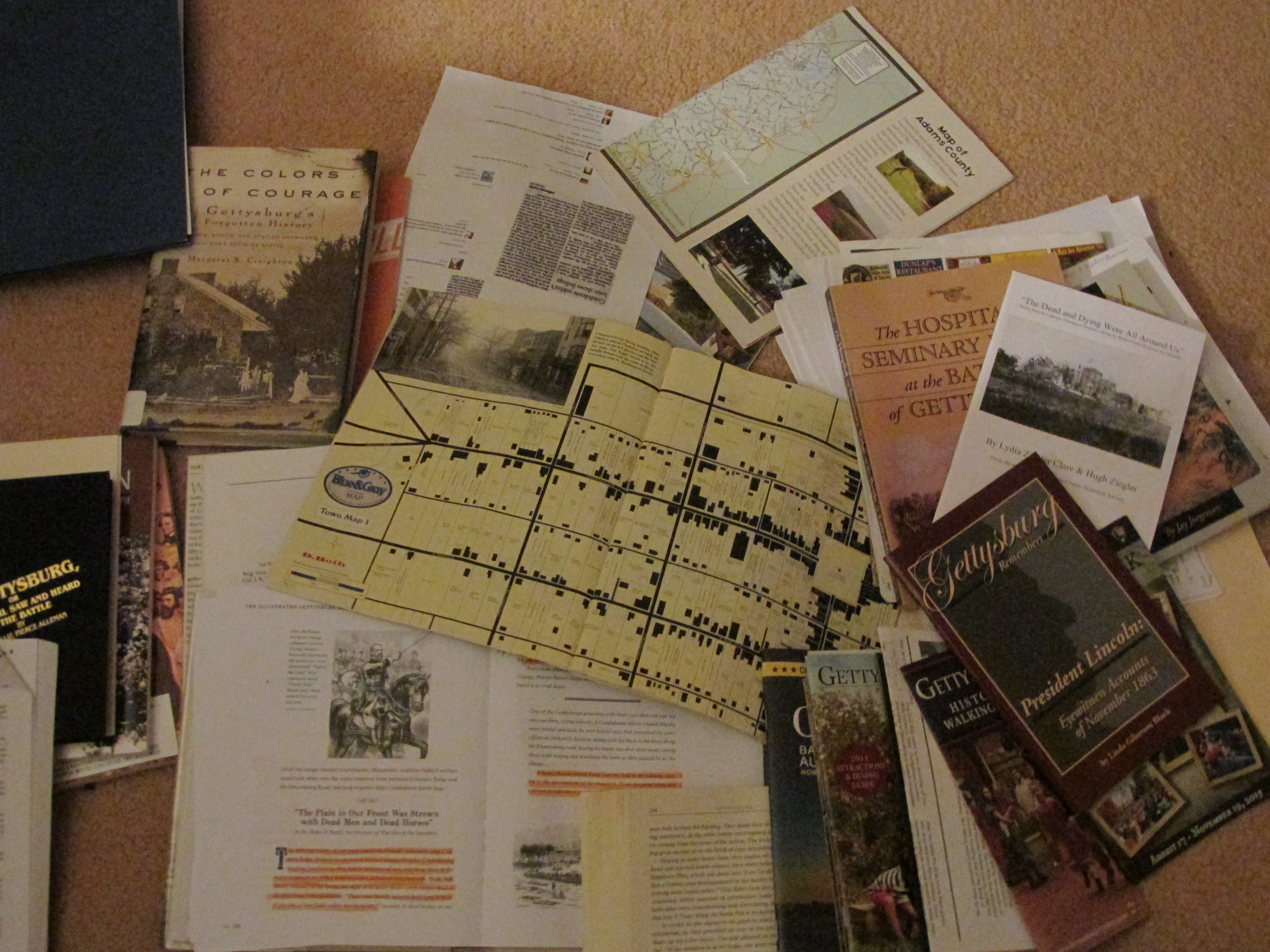
Researching for a story or article can be a chore. It’s certainly a lot of work to dig for…
January 13, 2016